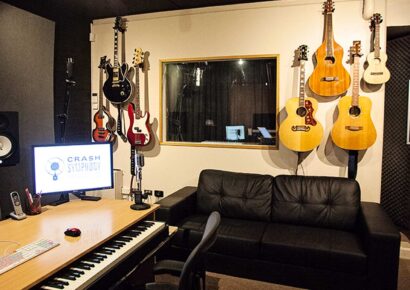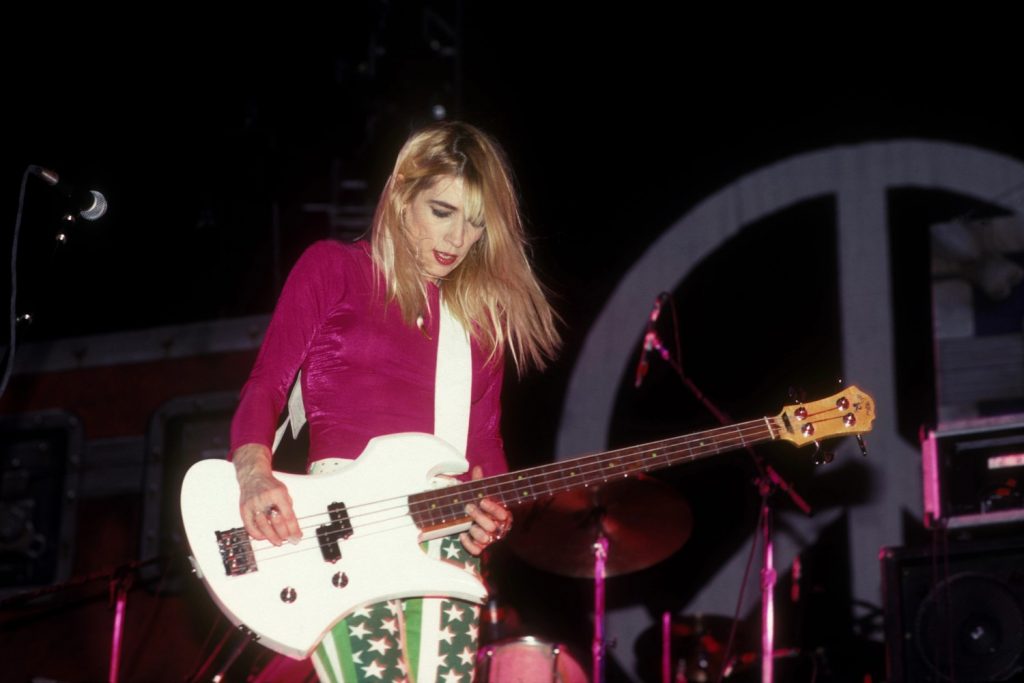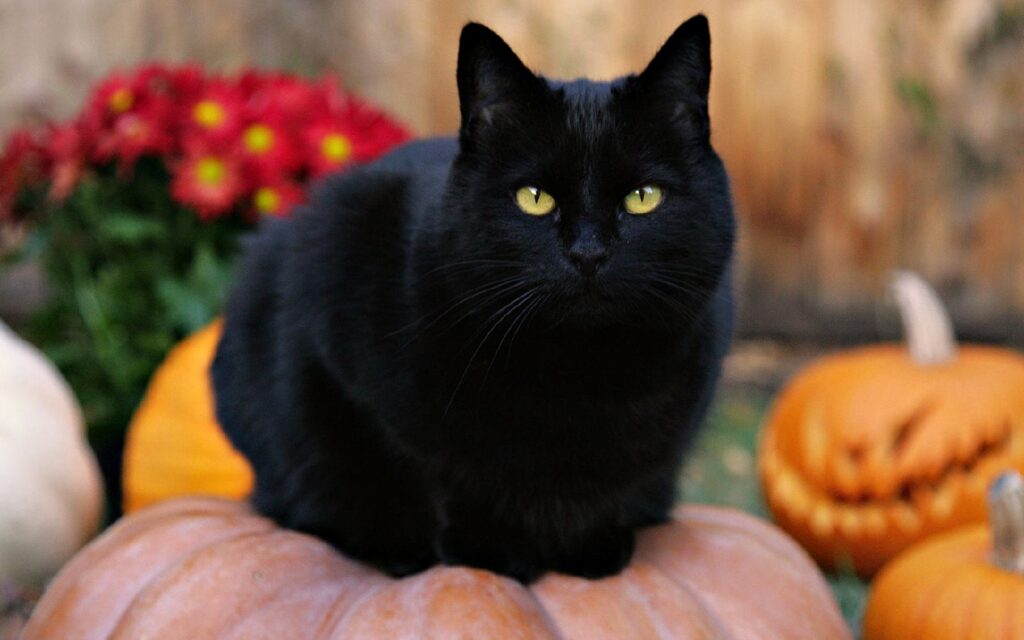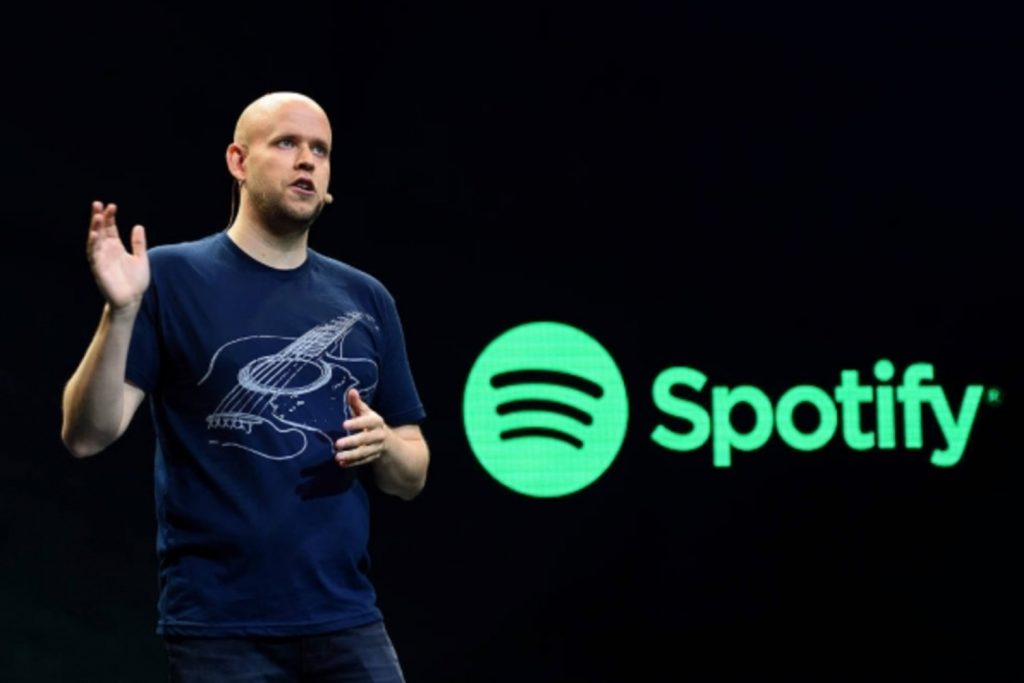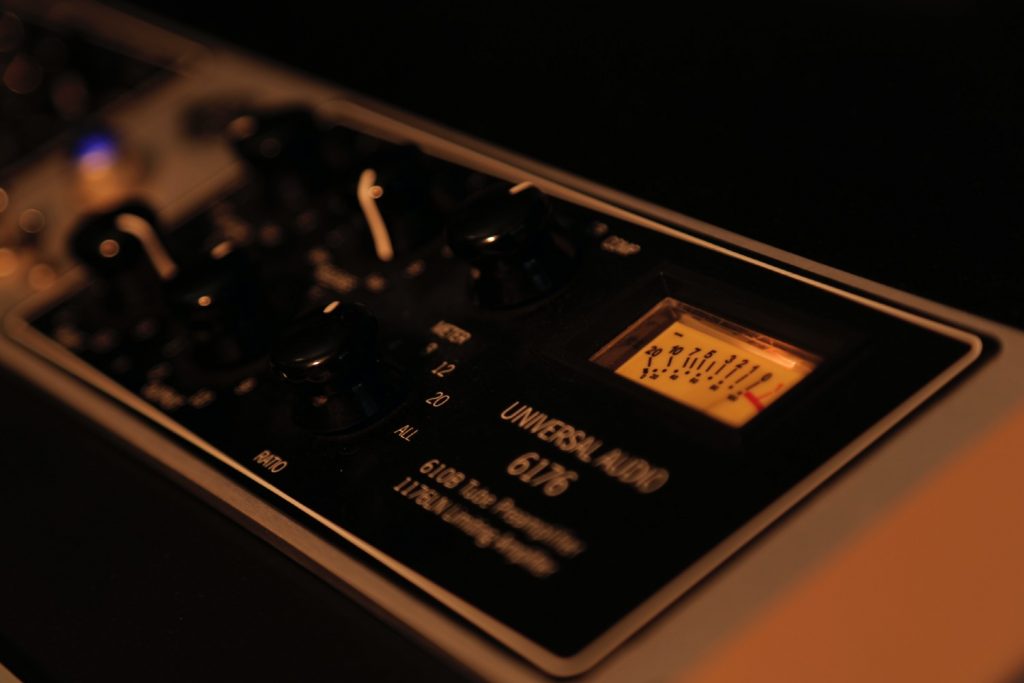We spoke to Derrick Espino about his start in sound design, his work on The Last of Us game, and how his sounds ultimately influenced the hugely successful HBO Series based on the game.
The Last of Us has slowly built a following to become one of the most popular and played games in history. The sounds built into the gameplay elevate the experience, making for an enthralling, captivating and ultimately augmented playing experience. This sonic landscape was built and navigated in large part by Derrick Espino, currently a big player in the world of sound design at PlayStation.
Read up on all the latest interviews here.
The sound design in The Last of Us (TLOU) is built from the ground up, literally starting with the steps that the games takes across creaky floors, dusty roads and dilapidated hotels, right through to the horrifying clicking of enemies aptly nicknamed ‘Clickers’. We spoke to Derrick about his start in sound design, his work in TLOU, and how his sounds ultimately influenced the hugely successful HBO Series based on the game.
How did you get your start in production? Was it more music, film, gaming or specifically SFX-based?
While I have been a musician and a gamer since I was a child my original dream had been to make sound effects for film. The first sound work I got was in 2001, at the Saul Zaents Film Center, (Berkley, CA), interning with Ann Kroeber. Ann, together with her husband Alan Splet, had amassed this impressive library of custom recordings, all on 1/4 inch tape, for all of these classic films they had collaborated on, like, The Elephant Man, Blue Velvet, and The Black Stallion to name a few. It was my job to digitise them from tape to Pro Tools and catalog them. I did this for a few weeks until one day Ann asked if I would like to be a sound effects editor on a film she had been working on. I said “yes” and everything just took off from there.
Are there any moments/scenes/songs/sounds you can recall that made you want to pursue a career in SFX?
There are so many great sound touch points, (too many to name here), that inspired me to pursue a career in sound, but being a child of the 1970’s and 80’s I think it goes without saying that the Star Wars films had a major impact on me. In the early 80’s there was a television documentary on the making of Star Wars, that featured a segment in which sound designer, Ben Burtt is shown standing out in the California desert banging on a radio tower guy wire creating the sound of the laser blasts. Not only did that blow my mind seeing how they had created that sound, but it was the first time I realised someone could actually get a job making sound effects. That was all the stuff of childhood dreams until 20 years later when I saw Ben Burtt in yet another “making of” television segment, demonstrating how he had made some vehicle effects for The Phantom Menace by rubbing an electric razor in a metal salad bowl. That was the defining moment when I realized I wanted to be a sound designer.
What was it like working on a game like The Last of Us? Did its success open up new opportunities for you?
To be honest, at the time, it was like working on any other Naughty Dog game. I had already worked on the first three Uncharted games by the time The Last of Us game started development so by that time I knew what to expect. Naughty Dog has always had a decent fan base so while we expected some attention from the gaming community on TLOU, we never dreamed it would be as big as it’s become, where we’re still talking about it a decade later. On TLOU I had been tasked with directing the voice over sessions for the infected, which was a lot of fun and I really enjoyed working collaboratively with the actors every day. I even got in on the act voicing one of the “runners” myself— and nearly destroyed my voice doing it I might add. I’d say my work designing the clicker sound effect has had the biggest impact overall. I think many sound designers aspire to create something memorable and I’ll be forever grateful that character came my way.
How much did you know about the plot, gameplay and virtual The Last of Us world before starting work on designing sounds for the game?
I was brought onto the project after it had already been announced, so I was fully aware of the plot and gameplay. There was already a teaser trailer out which provided me a great style and mood guide as well as a test level that had been fully fleshed out by the previous senior sound designer on the game, which essentially contained the audio blueprint of the basic elements of combat, traversal, as well as the nature rich ambiances. It all made for a very easy on-boarding.
How did you find inspiration to create the mood, tension and excitement in the game?
After I know what sort of game we are making, finding the inspiration comes easy. I usually dive right into field recording or just playing with sound in ProTools. Depending on the genre I’ll pull from my knowledge of film sound history, or often I’ll research current film sound design. Sometimes something just jumps out as being fun to work on and I’ll start there. The first sound I ever made for The Last of Us game was for the scene in which Joel and Ellie are driving in a truck, Ellie finds a cassette tape and pops it in. I sat in the cab of my Toyota Tundra recording about 20 minutes worth of cassette tape handling, making sure I miked it from the proper perspective etc. This was even before I was officially on the project. Something about the challenge of making sounds “glue” to picture in a believable way always gets me inspired.
Do you find yourself reaching for software or hardware when creating? Or is it a case-by-case basis?
It depends on what kind of sounds I’m making. Since I come from a more traditional tape background I’d say 99 percent of the sounds I make start as field recordings that I’ve either gathered myself or have purchased. I have quite a collection of digital recorders like the Sound Devices 702, MixPre-6, a Sony PCM D10 which has been my go-to for the past couple years. I also have a couple of vintage Nagra Tape recorders, (a Nagra III and a 4.2), that have seen some use on a few projects. As for microphones I use a Schoeps MS array which I absolutely love – such a smooth sound, two Sennheiser 8040’s in either an X-Y or ORTF array, as well as a collection of cheapo and odd-ball microphones, like a FRAP acoustic guitar pickup and some inexpensive lavs I found on Amazon. I think it’s fair to say I’m obsessed with recording original material.
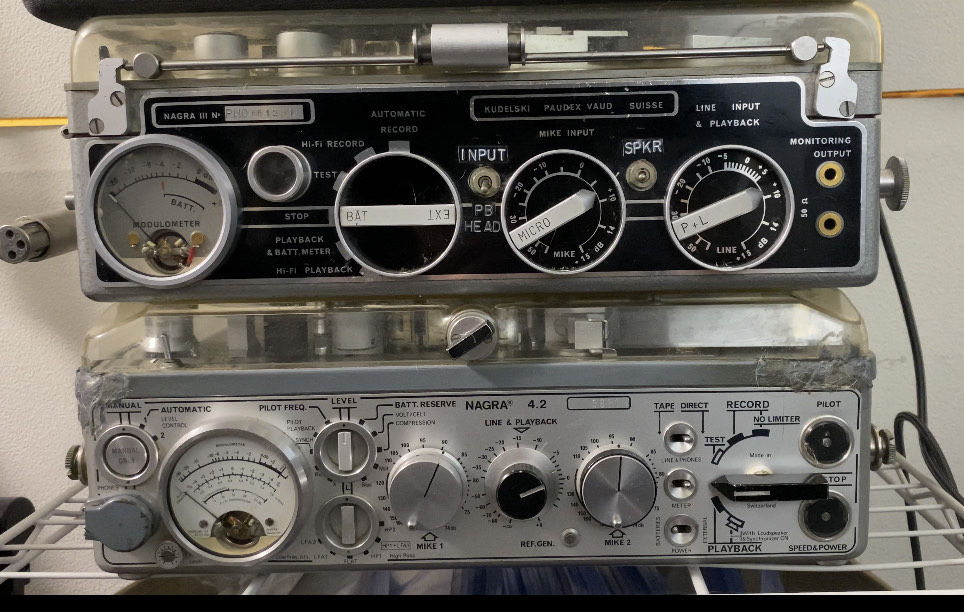
Two Vintage Nagra III, (Top), and Nagra 4.2 1/4 inch tape machines
When it comes to non-organic effects like UI sound effects, bass sweeteners, and other general electronic sounds I utilise a variety of modular synthesizers like the EMS Synthi A, a three panel STS Serge Modular, or the Buchla 200e. I will also from time to time generate source via feedback within ProTools, processing and warping sounds through plug-in suites. My go to desert island processor is Soundminer with its VST rack and its pitch function which allows me the ability to process my recordings before hitting Pro Tools – also its built-in sampler, Radium, has been a very fun and creative way to work. Once in Pro Tools, sounds will get further processing. Mainstays of my workflow of late have been Liquid Sonics Reverberate 3, Xfer Records OTT, and a host of classic plugins like Waves L2, Rbass, and Serato Pitch ‘n Time Pro which is something I can NOT live without.
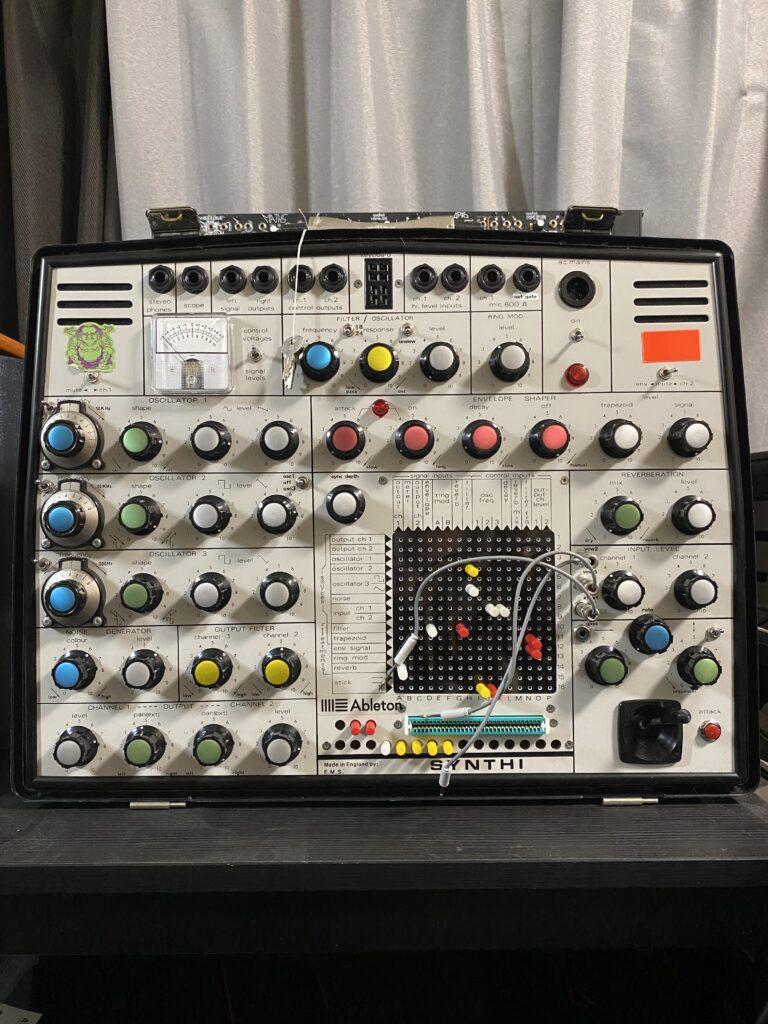
2013 Modified EMS Synthi A
Do you have a main DAW of choice or does it vary depending on the project?
My main DAW since the beginning has always been Pro Tools. Over the years I’ve dabbled in other DAW’s from the Fairlight MFX-3+ to Ableton Live and more recently Reaper. But I always go back to ProTools. My roots are in analog tape manipulation so Pro Tools works, for me, like a big tape machine.
What does your average monitoring setup look like? Are you primarily working in Stereo or are you finding more immersive or atmos specific sound design projects popping up in the gaming space?
The bulk of my sound design work for in-game sounds, believe it or not, is done in stereo on headphones, namely a pair of Sennheiser HD280 PRO’s. Back in 2009 I was working at Naughty Dog on Uncharted 2: Among Thieves. They had run out of office space so I was set up in the middle of the main studio at a small card table with a humble ProTools TDM system and no speakers. So I reached out to fellow God of War sound designer, David Farmer, who recommended the HD280’s and they’ve been my main headphones ever since.
If it’s a surround cinematic mix I am working on I have access to either 5.1 or 7.1 mix rooms – monitoring is usually via a console like a D-Command or Avid S-6 with speakers like the Pelonis Model115A or 215A speakers based on a Tannoy dual concentric design. In some of the smaller 5.1 rooms they would be equipped with either the Pelonis PSS110P or Dynaudio monitors.
In terms of processing, what are some of your go-to plugins/rack processors that you find yourself constantly reaching for during your average Sound Design session?
Most sound effects are mastered using whatever processing chain I am currently a fan of which usually consists of a compressor to glue things together and a limiter like an L2 just gently keeping levels from distorting, though recently I’ve really been into some of the Virtual Bus Compressors from Slate Digital. Sometimes a tiny hint of Altiverb is added to give the sound a bit of “air” around it.
Is there bus compression for different groups that sum at a master like conventional mixes? Compressors with more than one input etc.? Or are the groups left alone to be integrated into the game in their own way?
For full cinematic mixes things will be split out in the conventional way based on their various groups, like weapons, vehicles or ambiance, all with their own subgroups before hitting the master bus. For individual in-game assets its as you mentioned: sounds are bounced out of Pro Tools mastered “loud and proud” so to speak, for integration in the game where they are then mixed and balanced in engine.

Control room 2 at Sony Interactive Entertainment, Japan.
If you’ve seen it, how do you feel the HBO series captured the feelings and tension you intended to create?
I think the series has been great. From what I know, the sound designers approached the show with a lot of respect for the work we created on the first TLOU game, (casting the original clicker actors, Misty Lee and Phil Kovats for example), and I feel they really knocked it out of the park, staying true to the original while pushing it further. They totally nailed that clicker reveal which was as spooky and as chilling as the game ever was.
Overall, it’s been beyond surreal seeing the characters you had a hand in creating adapted to a new medium especially given the huge success of the show. So many people who have never played the original game, let alone ANY game for that matter, are now familiar with the world of The Last of Us game which I think is really incredible. My mom finally knows what I do for a living.
Find out more about HBO’s The Last of Us here.

